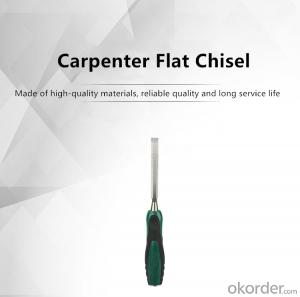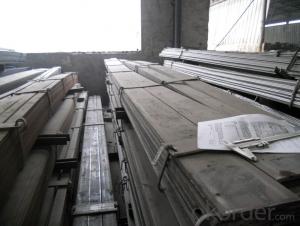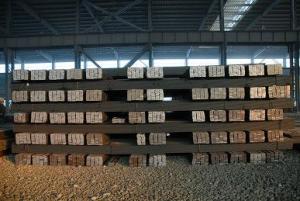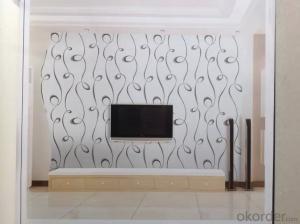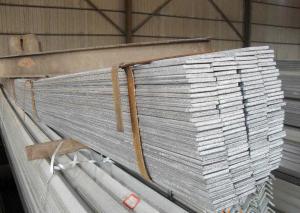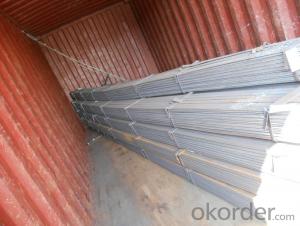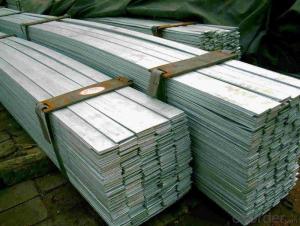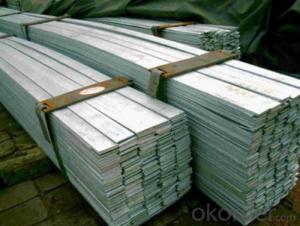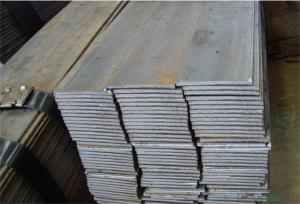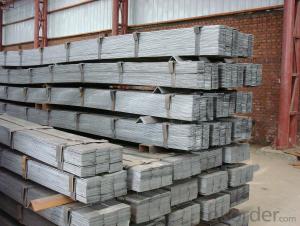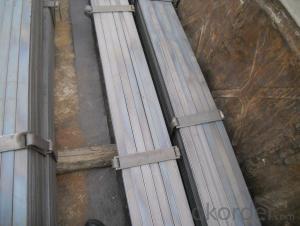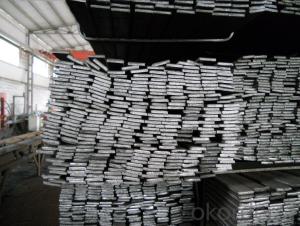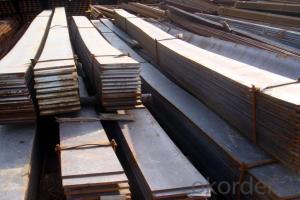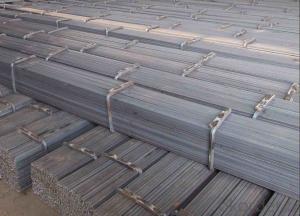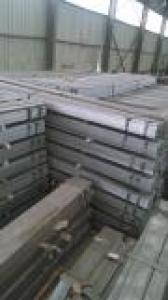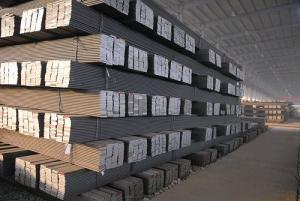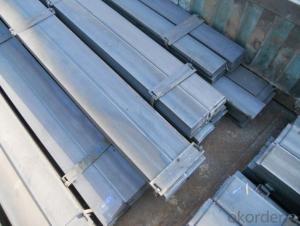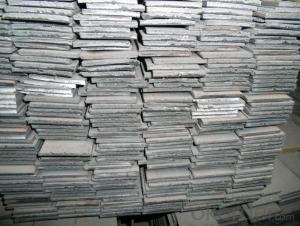Pre Drilled Flat Bar
Pre Drilled Flat Bar Related Searches
Steel Frames For Furniture Self Tapping Screws For Steel Surface Grinding Wheels For Hardened Steel Hole Saw For Stainless Steel Step Bit For Stainless Steel Transformers For Lights In Ceiling Led Light Bulbs For Ceiling Fixtures Led Table Lamps For Home Best Solar Inverter For Rv Hot Water Bags For Pain ReliefHot Searches
Steel Mesh Panels For Sale Cheap High Tea Sets For Sale High Density Fiberboard For Sale Solar Hot Water Collectors For Sale Scaffolding For Sale In Uae Scaffolding For Sale In Ireland Scaffolding For Sale In Houston Type Of Inverter For Solar Used Solar Inverter For Sale Portable Led Signs For Sale Stone Hot Water Bottles For Sale Large Led Screens For Sale 1/4 Aluminum Plate For Sale H4 Led Headlight Bulbs For Sale Air Pump For Aquarium Price Solar Edge Inverter For Sale Aluminum Bar Stock For Sale 5kw Solar Inverter For Sale Aluminum Round Stock For Sale Bulk Solar Cells For SalePre Drilled Flat Bar Supplier & Manufacturer from China
Okorder.com is a professional Pre Drilled Flat Bar supplier & manufacturer, offers integrated one-stop services including real-time quoting and online cargo tracking. We are funded by CNBM Group, a Fortune 500 enterprise and the largest Pre Drilled Flat Bar firm in China.Hot Products
FAQ
- Steel flat bars are known for their exceptional strength and durability. Due to their flat shape, they offer enhanced load-bearing capacities and resistance to bending or warping. Additionally, steel flat bars are highly resilient against external impacts and corrosion. Overall, they are a reliable choice for applications requiring robustness and longevity.
- Yes, steel flat bars can be coated with anti-slip materials. There are various methods and materials available for coating steel flat bars to provide an anti-slip surface. One commonly used material is a non-slip epoxy coating that contains aggregates such as aluminum oxide or silicon carbide. These aggregates create a rough surface that enhances grip and prevents slips or falls. Additionally, other materials like rubber, vinyl, or adhesive tapes with anti-slip properties can also be applied to steel flat bars to increase their slip resistance. These coatings can be beneficial in areas where slip hazards are present, such as walkways, ramps, stairs, or industrial settings. Properly coating steel flat bars with anti-slip materials improves safety and reduces the risk of accidents in various environments.
- Corrosive or acidic environments can affect the performance of steel flat bars, depending on the type of steel and the specific properties of the environment. For instance, stainless steel flat bars offer high resistance to corrosion in most acidic or corrosive environments. This is due to their chromium content of at least 10.5%, which forms a protective oxide layer on the steel surface, preventing further corrosion. Moreover, stainless steel flat bars can be alloyed with elements like nickel or molybdenum to further enhance their corrosion resistance. On the other hand, carbon steel flat bars are not as resistant to corrosion. They are prone to rust and corrosion in acidic or corrosive environments because they lack the protective oxide layer present in stainless steel. In such cases, additional measures like galvanization or coating the flat bars with corrosion-resistant materials may be necessary for protection. To determine the performance of steel flat bars in corrosive or acidic conditions, it is crucial to consider the specific type of steel used and the nature of the environment. Seeking advice from experts or referring to corrosion resistance charts can provide more precise information regarding the suitability of steel flat bars in different environments.
- There are several methods of surface hammering for steel flat bars, including hand hammering, power hammering, and hydraulic hammering. Hand hammering involves manually striking the flat bar with a hammer to create the desired surface texture. Power hammering utilizes a machine-driven hammer to rapidly and continuously strike the flat bar. Hydraulic hammering involves using hydraulic pressure to strike the flat bar, creating a textured surface. Each method offers unique benefits and can be chosen based on the desired outcome and efficiency.
- The tolerances for steel flat bars can vary depending on the specific requirements and industry standards. However, common tolerances for steel flat bars typically include dimensional tolerances such as width, thickness, and length variations. These tolerances are usually specified in terms of a range or a maximum allowable deviation from the specified dimensions. It is important to consult the relevant industry standards or the manufacturer's specifications to determine the specific tolerances for steel flat bars in a particular application.
- Steel flat bars can contribute to the overall aesthetics of a design in several ways. Firstly, their sleek and clean lines can add a modern and contemporary look to any design. The straight edges and sharp corners of steel flat bars create a sense of precision and order, giving the design a polished and sophisticated appearance. Additionally, steel flat bars can be easily manipulated into various shapes and forms, allowing for endless design possibilities. They can be bent, twisted, or welded together to create intricate patterns, unique textures, or even sculptural elements. This versatility enables designers to incorporate steel flat bars into a wide range of projects, from furniture and architectural features to decorative accents and art installations. Furthermore, steel flat bars often have a shiny and reflective surface, which can enhance the visual appeal of a design. The polished finish of steel can catch and reflect light, adding a touch of elegance and brightness to the overall aesthetic. This reflective quality can also create interesting visual effects, such as mirroring or playing with the surrounding environment. Lastly, steel flat bars are known for their strength and durability, which can contribute to the longevity and resilience of a design. The solid and robust nature of steel can convey a sense of stability and reliability, making the design appear solid and well-built. This perception of strength can have a positive influence on the overall aesthetic, as it communicates a sense of quality and craftsmanship. In conclusion, steel flat bars contribute to the overall aesthetics of a design by providing sleek lines, versatile forms, reflective surfaces, and a perception of strength. Their modern look, design flexibility, and durability make them a popular choice for designers who seek to create visually appealing and long-lasting designs.
- Yes, steel flat bars can be hardened or tempered. Hardening is a process that involves heating the steel to a specific temperature and then rapidly cooling it, usually by quenching it in water or oil. This process transforms the steel's molecular structure, making it much harder and more resistant to wear and deformation. Tempering, on the other hand, is a process that follows hardening and involves reheating the steel to a lower temperature and then cooling it slowly. This step helps to relieve internal stresses and improve the steel's toughness and ductility, making it less brittle and more suitable for certain applications. Both hardening and tempering can be applied to steel flat bars to achieve specific mechanical properties depending on the desired application. However, it is important to note that the specific hardening or tempering process and parameters may vary depending on the type of steel used and the desired outcome.
- There are several advantages of using alloy steel flat bars. Firstly, alloy steel has a higher strength and durability compared to regular steel, making it suitable for heavy-duty applications. Secondly, alloy steel flat bars have excellent corrosion resistance properties, making them ideal for use in harsh environments or exposed to moisture. Additionally, alloy steel offers enhanced heat resistance and can withstand high temperatures without losing their structural integrity. Finally, alloy steel flat bars can be easily machined and fabricated, allowing for greater versatility and customization in various industries such as construction, manufacturing, and automotive.














